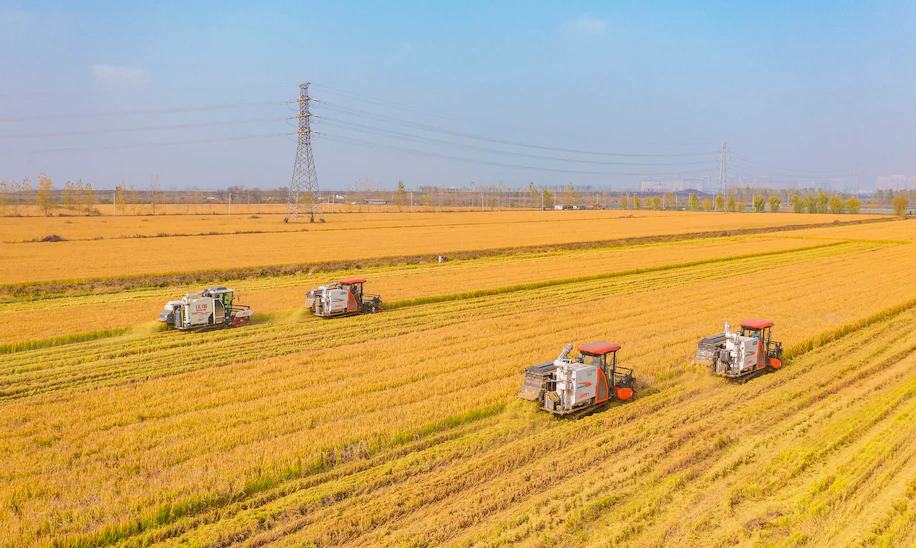Tags
Advanced Imaging to Measure Rice Disease Spread

Rice blast disease, caused by the fungal pathogen Magnaporthe oryzae, is one of the most severe threats to rice production worldwide. This disease can lead to significant crop losses, affecting food security and economic stability. Traditional methods to evaluate and manage this disease include conventional and molecular breeding techniques to develop resistant rice cultivars. However, the instability and adaptability of M. oryzae make it challenging to maintain long-term resistance. A recent study conducted by the University of Bonn has introduced a novel method to quantify the sporulation of M. oryzae on rice leaves using hyperspectral imaging (HSI). This technique aims to provide a more precise evaluation of fungal conidia production, which is crucial for understanding resistance mechanisms and enhancing plant breeding efforts. Hyperspectral imaging is a technology that captures and processes information from across the electromagnetic spectrum. Unlike traditional imaging, which captures images in three color bands (red, green, and blue), HSI collects data in numerous wavebands (in this case, 140 wavebands ranging from 450–850 nm). This allows for a detailed analysis of the spectral properties of the subject, in this instance, the leaves of rice plants infected with M. oryzae. In the study, three rice genotypes with varying susceptibility to blast disease (CO 39, Nipponbare, and IR64) were inoculated with two isolates of M. oryzae (Guy 11 and Li1497). Spectral data of typical leaf blast symptoms were recorded both before and after the induction of sporulation. The use of HSI enabled the researchers to capture subtle differences in the spectral signatures of the infected leaves, which corresponded to varying levels of fungal sporulation. This method offers several advantages over traditional techniques. Firstly, it provides a non-invasive and rapid assessment of fungal growth, which can be particularly useful for large-scale screening of rice cultivars. Secondly, the high-resolution spectral data can detect early signs of infection and quantify the extent of sporulation more accurately than visual assessments or other conventional methods. The findings from this study align with previous research that underscores the importance of understanding the genetic mechanisms driving host specialization in M. oryzae. For instance, whole genome resequencing has revealed that gene loss and gain are significant evolutionary mechanisms for host adaptation in this pathogen. The use of HSI can complement these genetic studies by providing real-time phenotypic data, thereby bridging the gap between genotype and phenotype. Moreover, the study supports the notion that effective management of blast disease requires a multifaceted approach. While traditional breeding techniques have been successful in developing blast-resistant varieties, the continuous evolution of M. oryzae necessitates the integration of advanced technologies like HSI for ongoing monitoring and evaluation. The precise quantification of conidia production using HSI could facilitate more targeted breeding programs, potentially leading to the development of rice cultivars with durable resistance to blast disease. In summary, the application of hyperspectral imaging in evaluating fungal sporulation presents a significant advancement in the study of rice blast disease. By offering a precise, non-invasive, and rapid method for assessing fungal growth, this technology could enhance our understanding of resistance mechanisms and improve the effectiveness of plant breeding programs aimed at combating this devastating disease.
https://naturalsciencenews.com/article/3495Published Date: June 9, 2024






